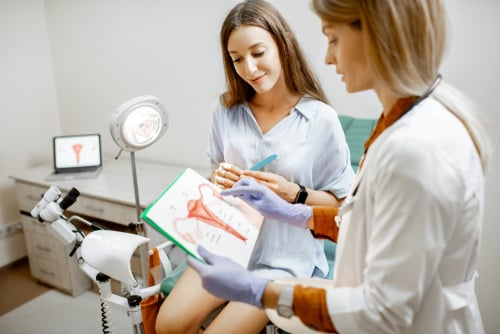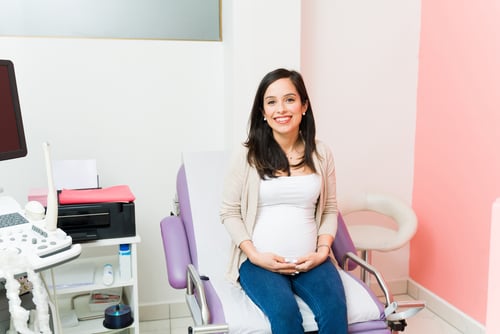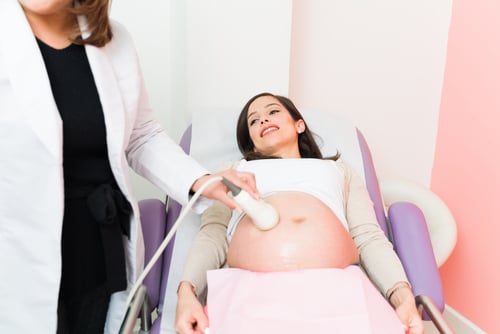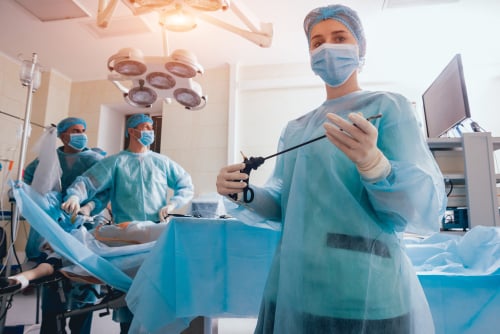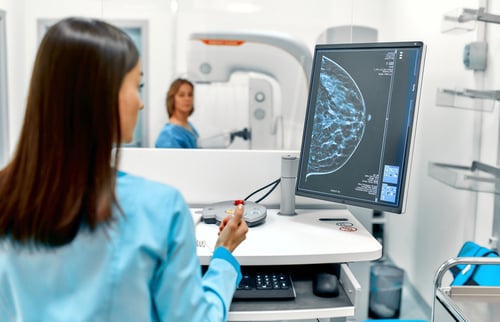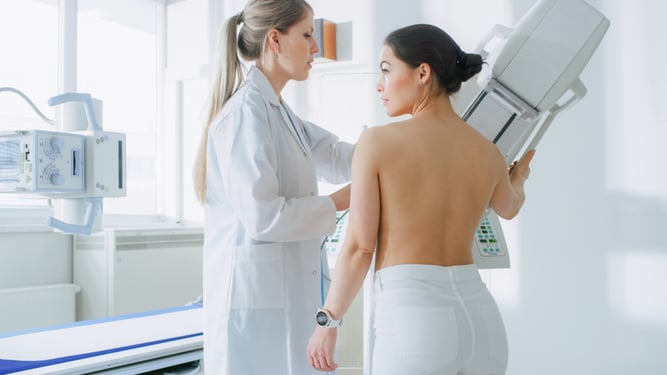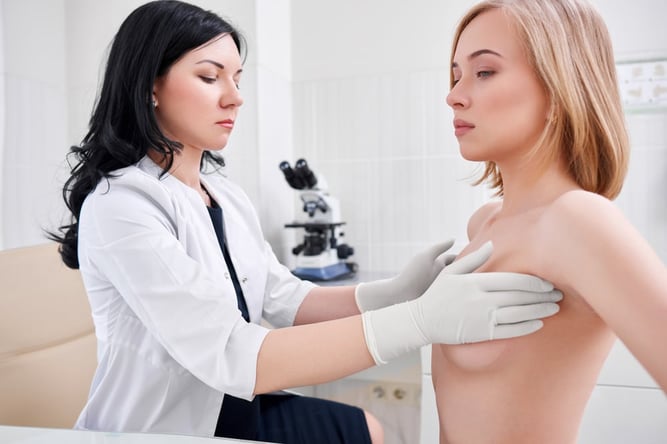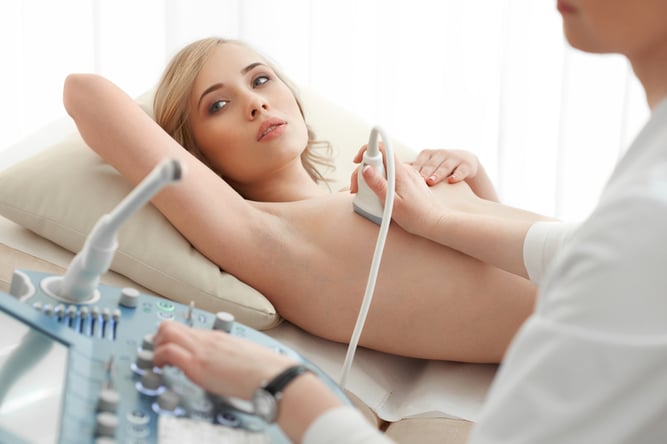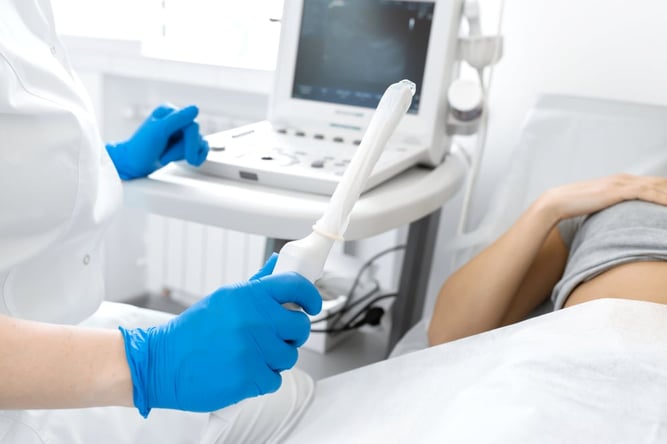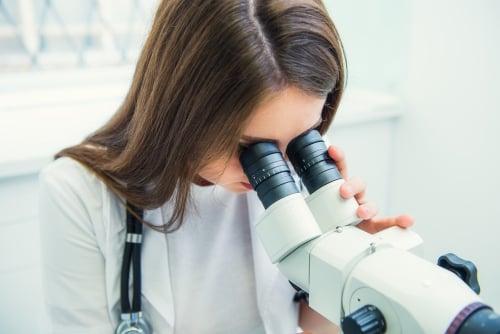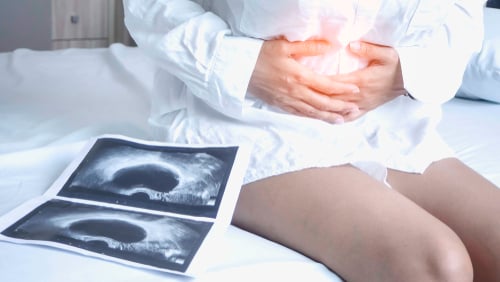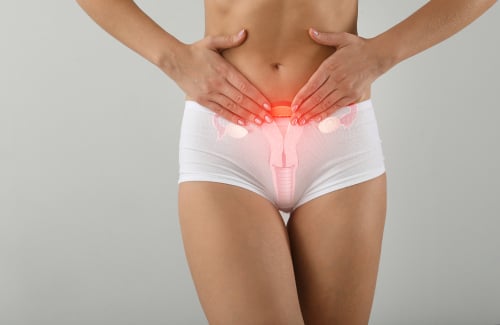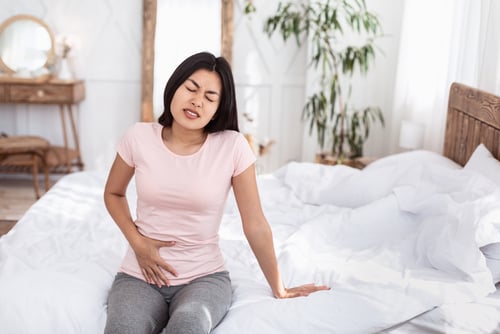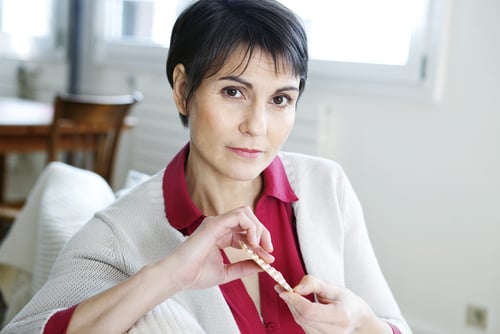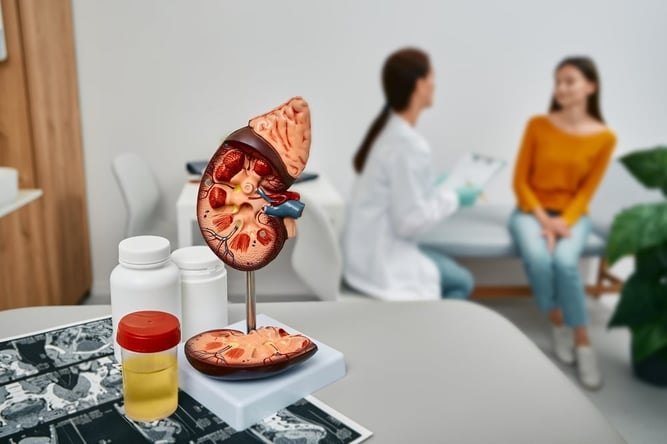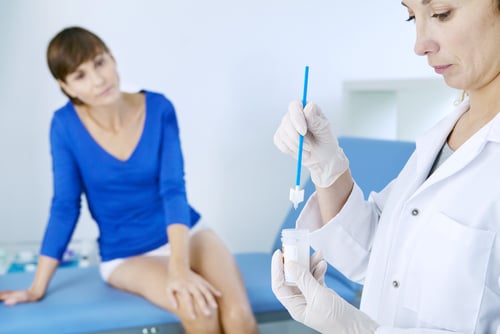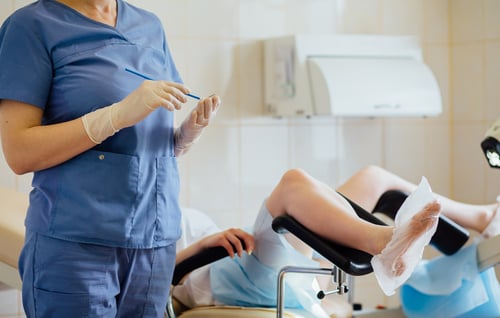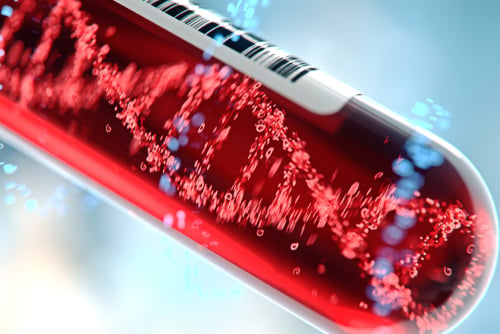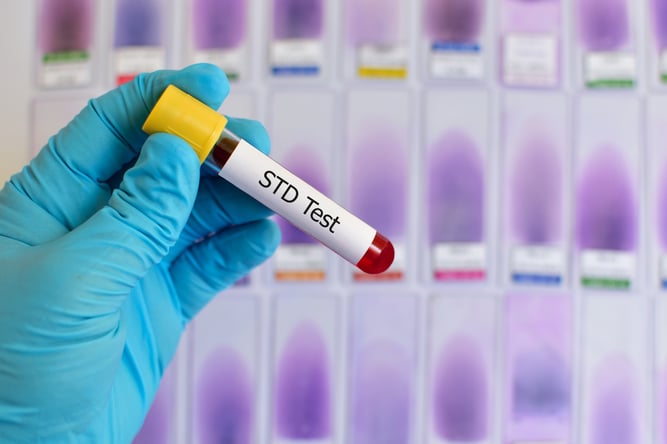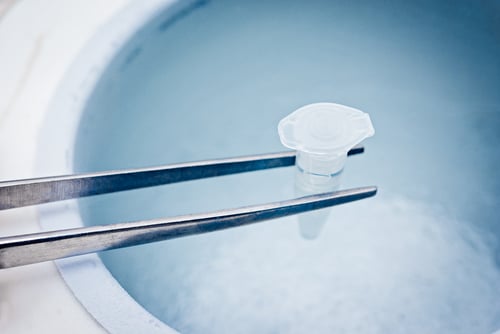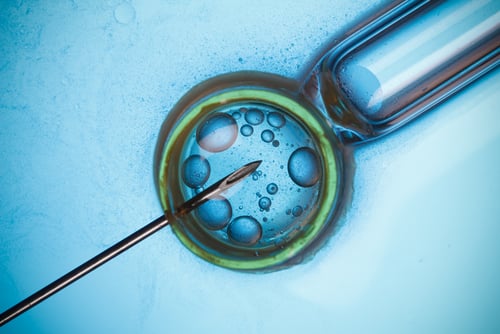Breast Cancer Screening
Breast Cancer screening involves checking a woman’s breasts for cancer before there are signs or symptoms of the disease.
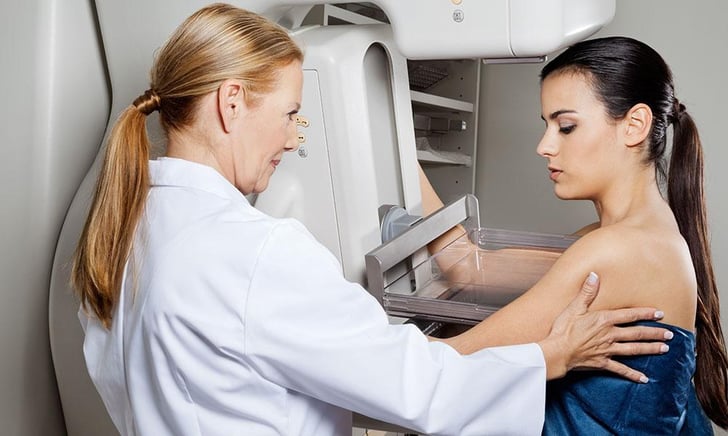
Breast Cancer screening involves checking a woman’s breasts for cancer before there are signs or symptoms of the disease. Screening and Detection is important because, usually, the earlier the breast cancer is detected, before it is big enough to cause symptoms, the easier it is to treat.
Breast cancer is caused by damage to a cell’s DNA and there are a certain risk factors that put individuals are higher risk of developing it. These include:
- Getting older: the risk for breast cancer increases with age; most breast cancers are diagnosed after age 50
- Genetic mutations and inherited changes (mutations) to certain genes, such as BRCA1 and BRCA2
- Early menstrual period
- Late or no pregnancy
- Starting menopause after age 55
- Not being physically active
- Being overweight or obese after menopause
- Having dense breasts
- Using combination hormone therapy
- Taking oral contraceptives (birth control pills)
- Personal history of breast cancer
- Personal history of certain non-cancerous breast diseases
- Family history of breast cancer
- Previous treatment using radiation therapy
- Women who took the drug diethylstilbestrol (DES)
- Drinking alcohol
If you have a family history of breast cancer or inherited changes in your BRCA1 and BRCA2 genes you may be at higher risk for developing breast cancer. If so, it is even more important to get regular breast screenings done.
Screenings should be done every 2 years, from age of 50 to 74. If you are 40 to 49 years old, or have risk factors, ask your doctor when to have a screening mammogram.
Screenings are performed by having either a mammogram , breast magnetic resonance imaging (MRI), or breast ultrasound done. Your Ob/Gyn can perform these services. If not, you can get a referral to get the screening done by another medical care provider or specialist.
A mammogram is an X-ray of the breast. Mammograms are the best way to find breast cancer early, when it is easier to treat. Mammograms can’t prove that an abnormal area is cancer, but they can help health care providers decide whether more testing is needed.
During a Mammogram, this is what you can Expect:
- You’ll have to undress above the waist to get a mammogram. A technologist will position your breasts for the mammogram. You and the technologist are the only ones in the room during the mammogram. To get a high-quality picture, your breast must be flattened. The technologist places your breast on the machine’s plate. The plastic upper plate is lowered to compress your breast for a few seconds while the technologist takes a picture. The whole procedure takes about 20 minutes. The actual breast compression only lasts a few seconds. You might feel some discomfort when your breasts are compressed, and for some women it can be painful. Two views of each breast are taken for a screening mammogram. But for some women, such as those with breast implants or large breasts, more pictures may be needed.
- If your mammogram results are positive, that does not always mean you have cancer; if your mammogram is abnormal, you will need to have additional mammograms, tests, or exams before breast cancer is confirmed. You may also need be referred to a breast specialist or a surgeon.
- If your mammogram results are negative, continue to get mammograms according to the recommended time intervals. Mammograms work best when they can be compared with previous ones. This allows the radiologist to compare them to look for changes in your breasts.
Most health insurance plans are required to cover mammograms every one to two years for women beginning at age 40 with no out-of-pocket cost (like a co-pay, deductible, or co-insurance).
Mammograms are recommended over a Clinical Breast Exam. A Clinical Breast Exam is an examination by a doctor or nurse, who uses his or her hands to feel for lumps or other changes. Having a clinical breast exam or doing a breast self-exam has not been found to lower the risk of dying from breast cancer.
For more information, check out these websites:
- https://www.cdc.gov/cancer/breast/basic_info/mammograms.htm
- https://www.cancer.org/cancer/breast-cancer/screening-tests-and-early-detection/mammograms/mammograms-what-to-know-before-you-go.html

